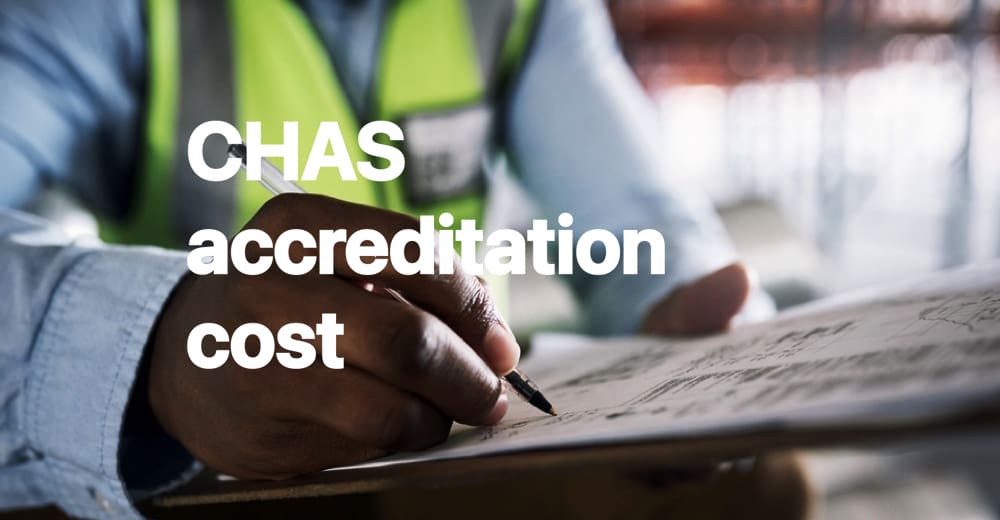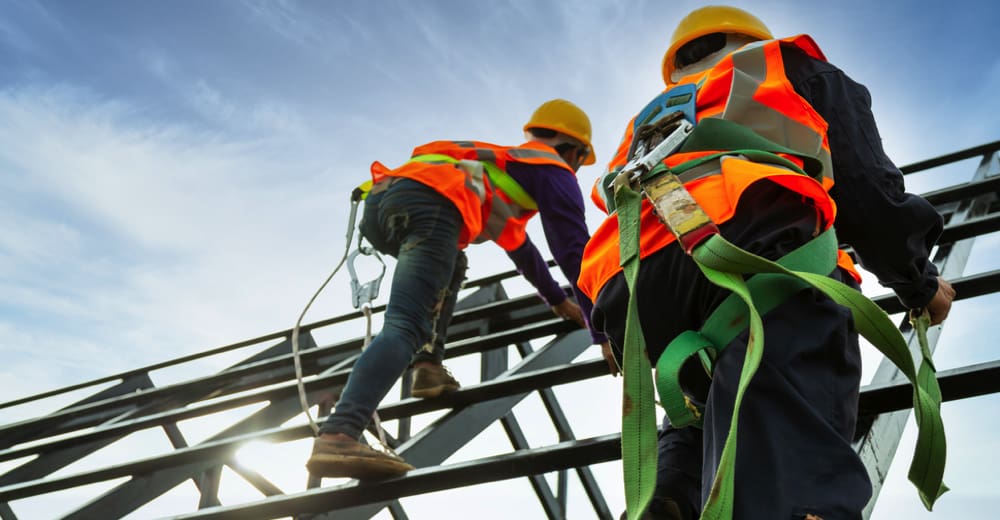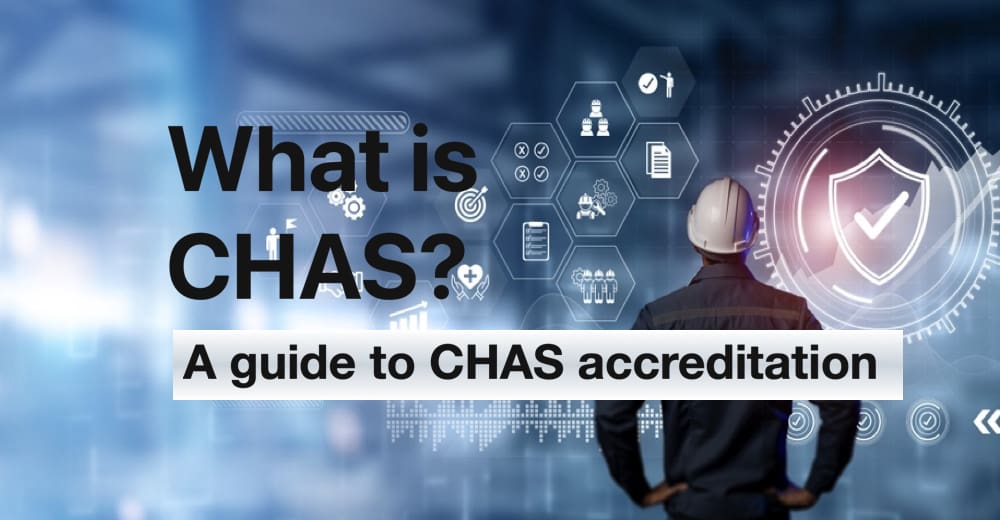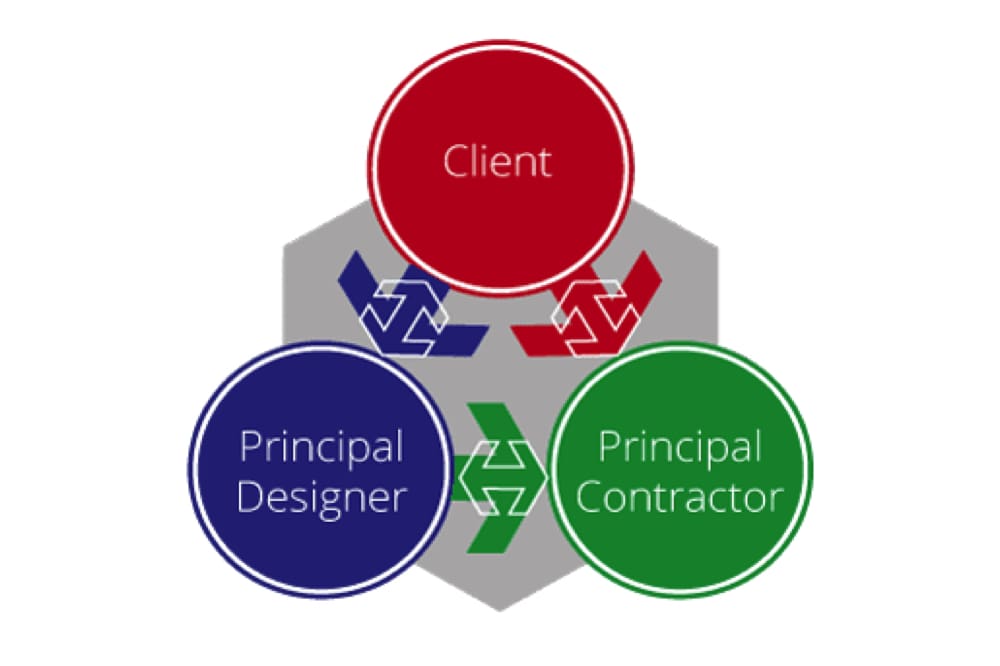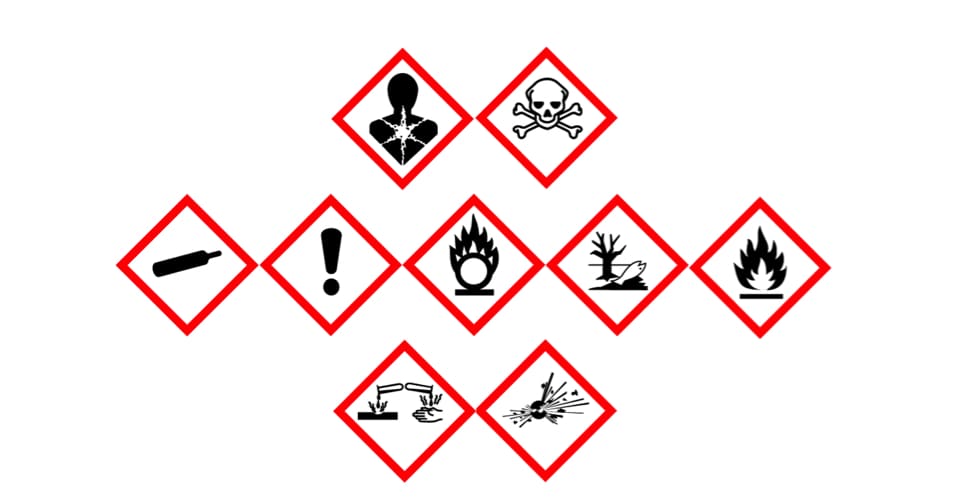How to make sure you are compliant in 2016 – Health & Safety Legislation
Throughout the year the HSE release various updates to existing legislation in order to ensure that the legislation stay current and suitable for the changing workplaces we all work in.
There are various ways for you find this information out:
- Periodically visit the HSE website to see if there are any changes posted.
- Search online to see if you can find anything.
- Become a member of a professional body
- Sign up to various magazines.
- Outsource your Competent Safety Advisor resource.
As part of our Competent Safety Advisor service we ensure that on a monthly basis you are provided with all changes should they affect you or not. That way you are fully informed and up to date on all changes and can make the business decision yourselves if you need to be aware.
There are additional benefits to our service that can ensure that going into 2016 Health & Safety isnt something yo need to worry about you can concentrate on your business.
- A comprehensive Health and Safety Management System – complete with policies, procedures, forms, checklists, etc to ensure compliance with legislation
- Development of your company Health and Safety Policy
- Development of a company employee handbook
- Development of an Environmental Policy
- Assistance in Accident Reporting to Enforcing Authorities/Accident Investigation
- Liaison with Enforcing Authorities on your behalf
- Access to telephone advice on an unlimited number of occasions
- Updates on any changes in Health and Safety legislation
Below is a copy of our latest legislation updates, if you think we may be able to help you on a monthly basis please get in touch.
| Legislation/Consultation | In Force/ Closes |
Need to Know | Applies In | Resource |
| Construction (Design and Management) Regulations 2015 | 23rd Dec 15 | Transitional period for projects started before April 2015 ends. Works with more than one contractor must have appointed a principal designer. | GB | hse.gov.uk |
| Transportation of Directive 2013/35/EU on exposure to electromagnetic fields (EMFs) | 3rd Dec 15 | Proposed Control of Electromagnetic Fields at Work Regulations will require duty holders to assess exposure to EMFs | GB | hse.gov.uk |
| Deregulation Act 2015 | 3rd Dec 15 | Turban wearing Sikhs do not have to wear head protection in any industries. | GB | hse.gov.uk |
| The Health and safety at Work ect. Act 1974 (General Duties of Self-Employed Persons ) (Prescribed Undertakings) Regulations 2015 | Oct-15 | Changes the law to exempt self-employed people whose work activity poses no potential risk to other workers or the public. | GB | hse.gov.uk |
| Offshore Installations (Offshore Safety Directive) (Safety Case ect) Regulations 2015 | Jul- 15 | Applies to offshore oil and gas operators, interoperating additional requirements of directive 2013/30/EU | GB External Waters | hse.gov.uk |
| Control of Major Accident Hazards Regulations (COMAH) 2015 | Jun-15 | Main Duties unchanged from 1999 regs; lower tier operators must provide public information about their site and its hazards for the first time; both upper tier and lower tier operators must provide public information electronically. | GB | hse.gov.uk |
| Control of Asbestos Regulations 2012 | May-15 | Workers undertaking non-licensed work for the first time must have a medical examination before they start. | England and Wales | legislation.gov.uk |
| Construction (Design and Management) regulations 2015 | Apr-15 | CDM coordinator replaced with principal designer, prescriptive requirements for duty holders to check contractors’ competence removed, CDM duties extended to domestic clients. | GB | hse.gov.uk |
| Road Traffic Act 1988 | Mar-15 | Section 5 amended to include an offence of driving under the influence of a controlled drug – including some prescription medications. | England and Wales | lexisurl.com |





